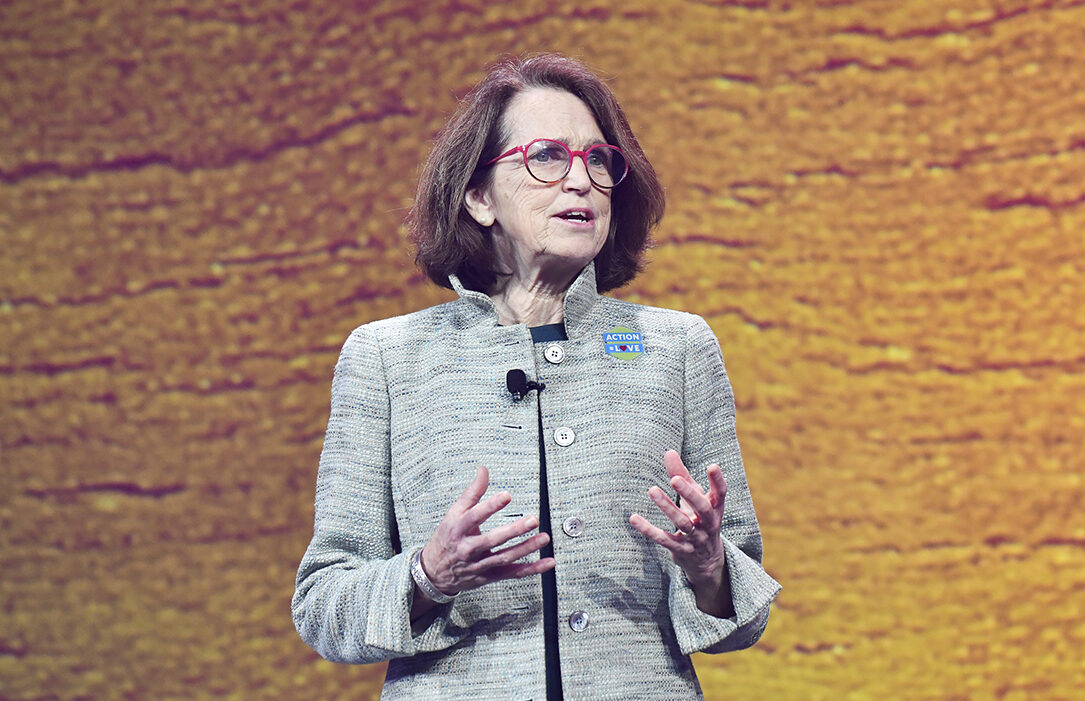We were barely half an hour into LeadingAge’s Leadership Summit this spring when I experienced my first “a-ha moment” of the week. Ron Hetrick, a leader in workforce analytics and an expert on labor force dynamics and demographics, had just begun his early-morning keynote address on the summit’s first day.
I knew Ron planned to share data about our workforce crisis, and I expected discouraging news. The title of his presentation—”The Rising Storm”—reinforced those expectations.
As expected, Ron shared statistics detailing our nation’s growing population of older adults, its shrinking workforce, and the vital role that immigration plays in sustaining the U.S. labor market. In addition, he shared some valuable insights that helped clarify the workforce crisis.
- Older people are leaving the workforce, and younger people aren’t replacing them. Eighty percent of the five million people who left the workforce since 2020 are over 55. Additionally, millions of critical jobs—including home health and personal care aides—are currently filled by people at or near retirement age. At the same time, fewer teens aged 16-19 are working, leaving entry-level jobs unfilled. The teenage population is projected to decline through 2030, after which it is expected to rebound.
- Individuals entering the workforce are overqualified for most open jobs. More than two-thirds (69%) of the labor force has a college degree, but roughly 60% of all open jobs do not require one. This disconnect is lowering job prospects across the board. Young adults aged 20-24 are more likely to experience unemployment if they have a bachelor’s degree than if they earned an associate’s degree or did not earn a degree.
At first glance, these data points may seem alarming. But, for me, they represent opportunities for providers to think differently about the workforce challenges we can control and those we can’t.
We can’t control the demographics driving demand for our services. Despite our persistent advocacy, we can’t control immigration policies restricting the pool of potential workers.
However, we have more control than we think over how we approach workforce issues within our organizations. By thinking creatively, we can enhance our ability to recruit talented individuals who have exceptional abilities, skills, and potential.
Using Ron’s statistics as a guide, let’s explore a few options:
We can redesign some of our jobs to appeal to people who are retired or near retirement. These older workers may want to continue working, either for enjoyment or due to financial necessity. But they probably won’t be interested in a full-time job, a night shift, or physically taxing assignments. If we can be flexible on our end and design jobs that appeal to older adults, it could be a win-win for all, especially residents and clients.
We can conduct an inventory of our position descriptions to ensure we’re not unnecessarily restricting our recruitment efforts. For example, are we requiring a bachelor’s degree for positions that may not require that level of formal education? We might have more success recruiting promising high school or community college graduates to fill career-building positions.
We can offer specialized training to unemployed or underemployed college graduates who received their education in other disciplines but may be interested in pursuing promising careers in our field. LeadingAge is pursuing this approach through our Leadership Fellowship program.
Will these and other small-scale innovations solve our workforce crisis? Probably not. Should we abandon other recruitment and retention strategies, such as advocating for immigration reform, increasing pay, providing robust training, offering career ladders and lattices, or rewarding strong leaders? Absolutely not.
But as we pursue long-term workforce solutions, let’s not forget the value of thinking differently and acting imaginatively to make small improvements that could make a big difference to our teams, residents, clients, and families.
Ron Hetrick gave us some direction. Let’s use his data to get creative.

 Shutdown Week Three: Impact of Ongoing Closure on Affordable Housing
Shutdown Week Three: Impact of Ongoing Closure on Affordable Housing


